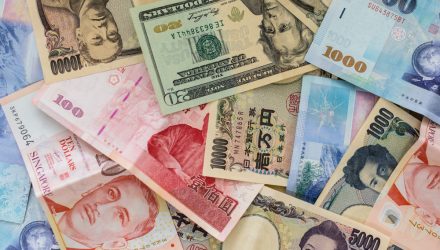Entering 2021, it was widely expected that emerging markets assets would continue penning the redemption story they started late last year.
That scenario could prove rewarding for active managers. The Federal Reserve’s commitment to keep rates low could keep on fueling a weaker dollar. This, in turn, will help translate into more strength for the local currencies of emerging markets.
“Since commodities produced in emerging markets are often priced in U.S. dollars, we expect continued U.S. dollar weakness and strong commodity prices to help keep many emerging market stocks buoyant,” according to Morgan Stanley. “Plus, emerging market inflation is low while many countries’ finances are healthy, supporting continuing positive indicators around global currency dynamics.”
Emerging Markets Are Back
It’s been a tough decade to be an emerging markets investor, as this sector has underperformed the S&P 500 since 2010. But market watchers say after 10 years of lagging behind the United States, emerging markets may finally be ready for the prime time, with higher valuations and a rebounding global economy.
A variety of factors, including value stocks rebounding and positive developments for coronavirus vaccines, are boosting the case for emerging markets equities. Plus, stocks in developing economies are attractively valued relative to the U.S.
“Looking first at bonds, in a world where $17 trillion of developed-market sovereign debt effectively offer negative yields, emerging-market fixed-income securities remain a bastion of positive real yields. On the equity side, current price-to-earnings ratios, at 16.2 times forward earnings estimates, offer comparative bargains against the S&P 500’s current forward ratio of nearly 23 times,” adds Morgan Stanley.
China’s resilience also bodes well for emerging markets upside this year, presenting opportunities for active managers.
“While most developed markets, including the U.S., hope to exit recession by the end of the second quarter, China ended 2020 with economic growth of 2.3%,” writes Morgan Stanley. “Even more significant, government stimulus wasn’t a major driver of this growth, giving policymakers more room to act if the economy stalls. Equally important, its exports to the U.S. have rebounded to 2018 levels, as of December—evidence of having weathered the hit from U.S. tariffs and trade tensions in 2018-19. Moreover, its share of total global exports climbed to 14.3% last year, an all-time high.”
For more on active strategies, visit our Active ETF Channel.








